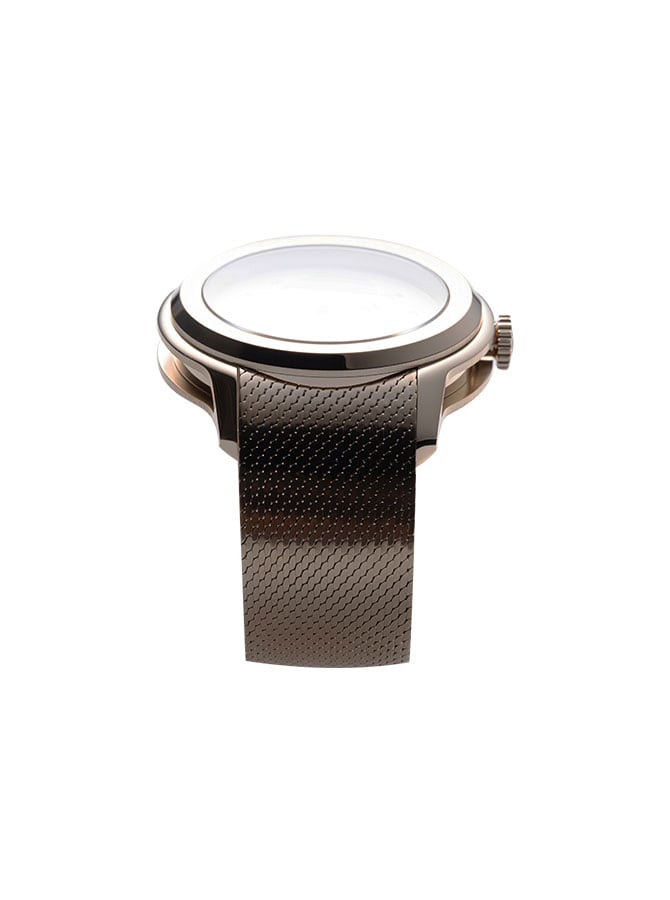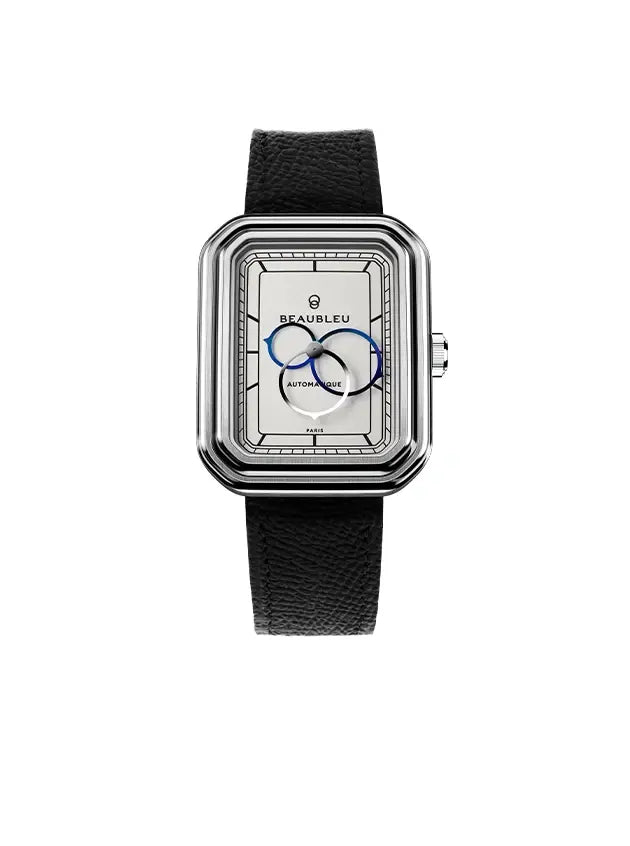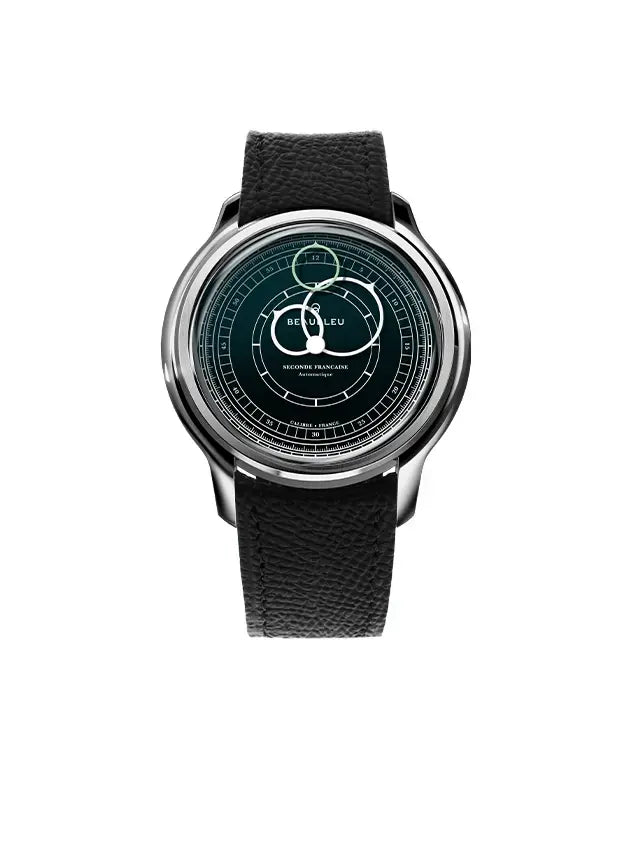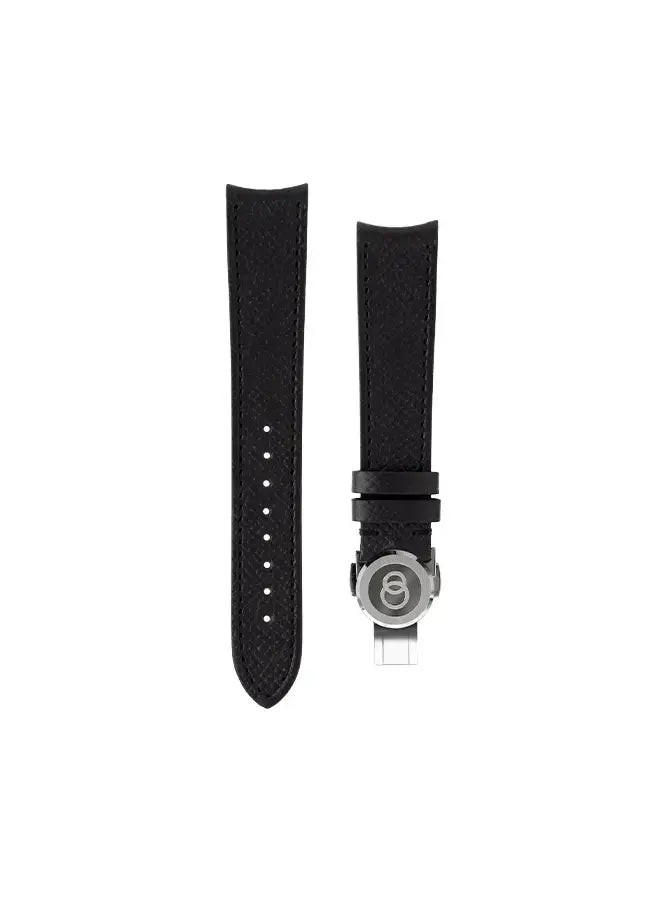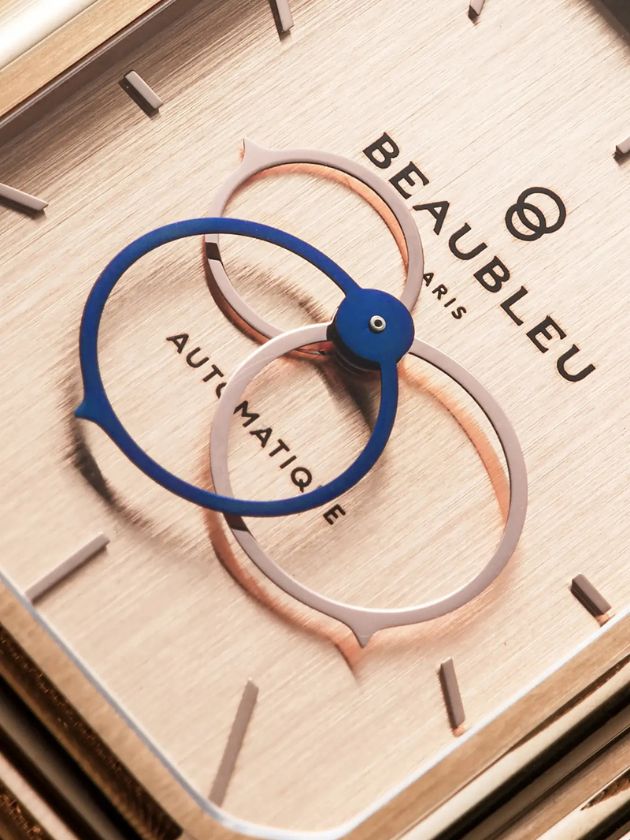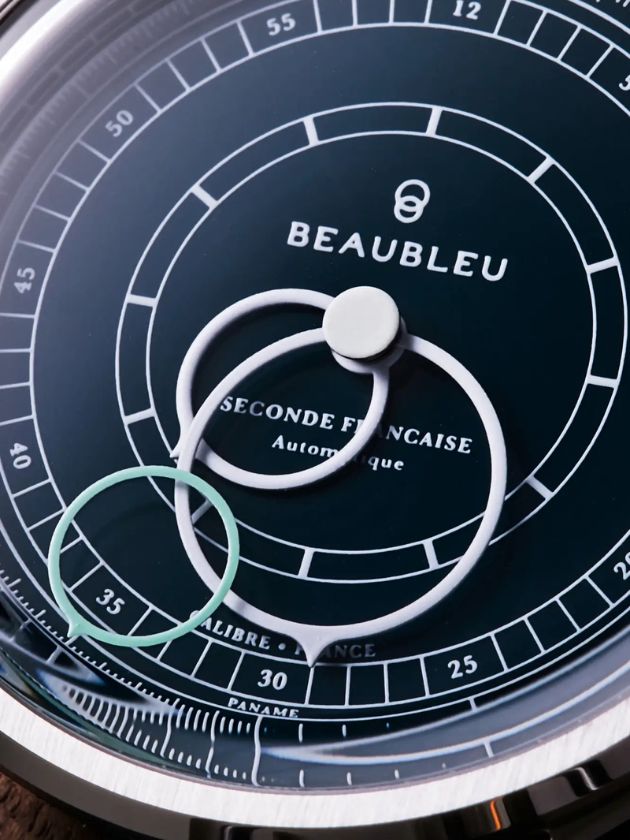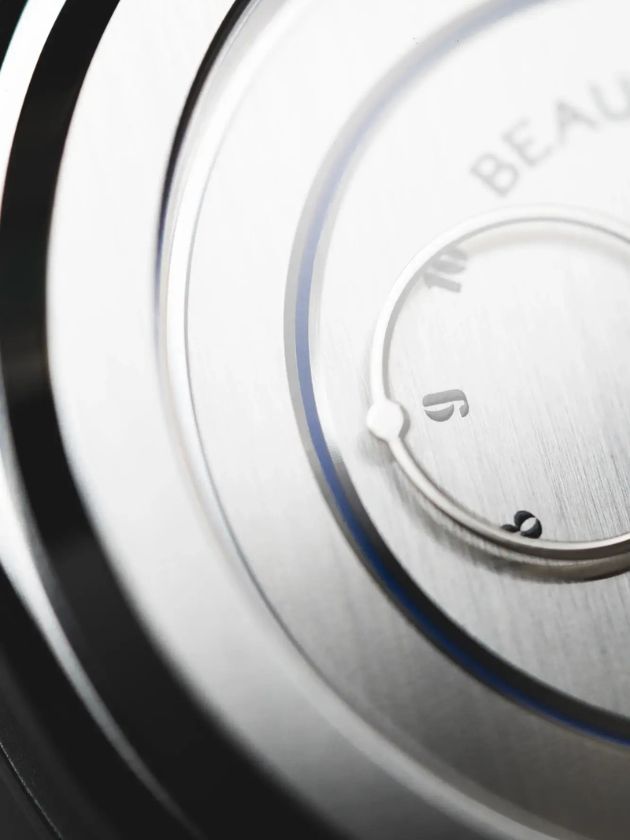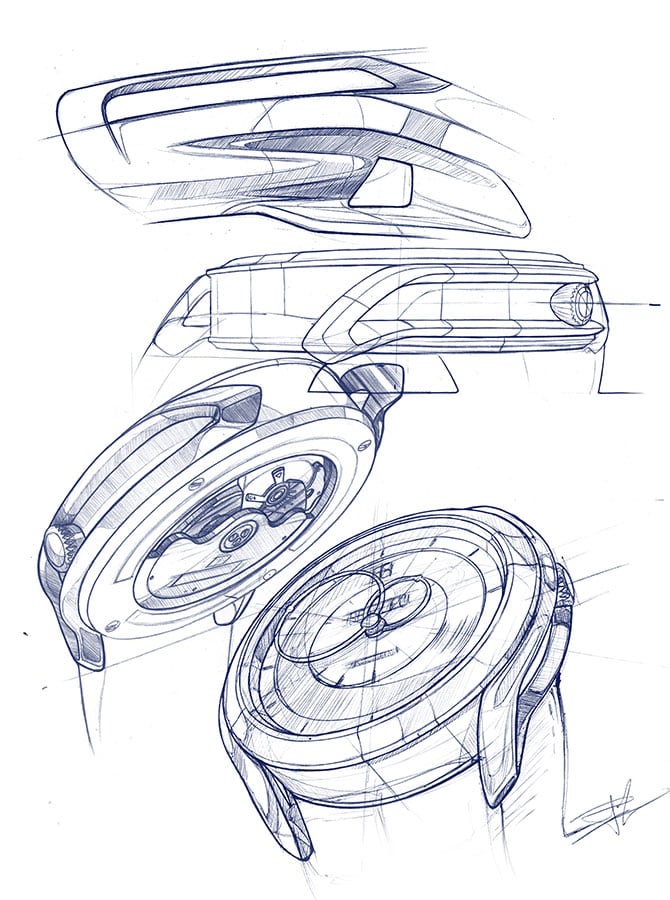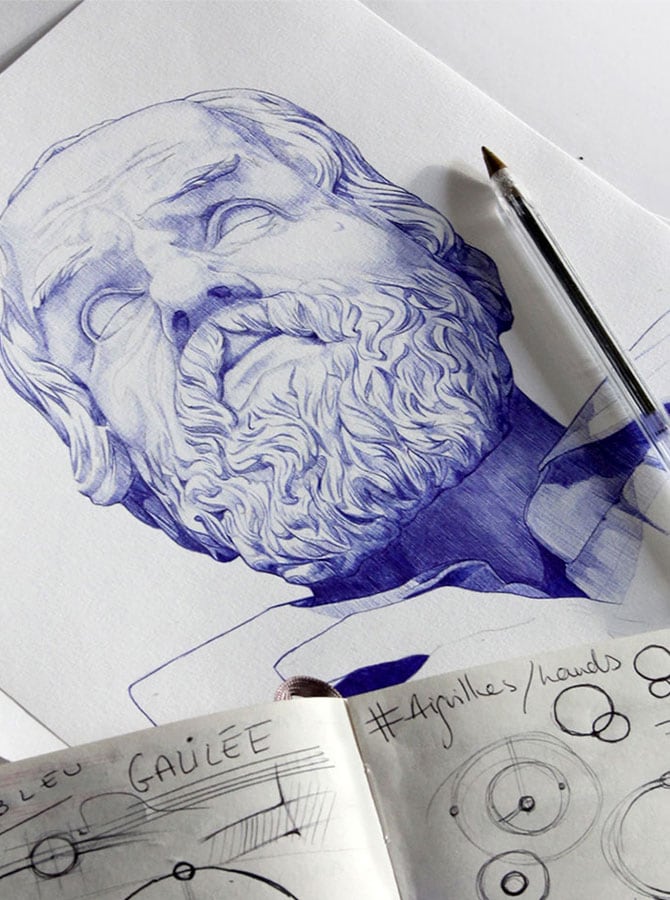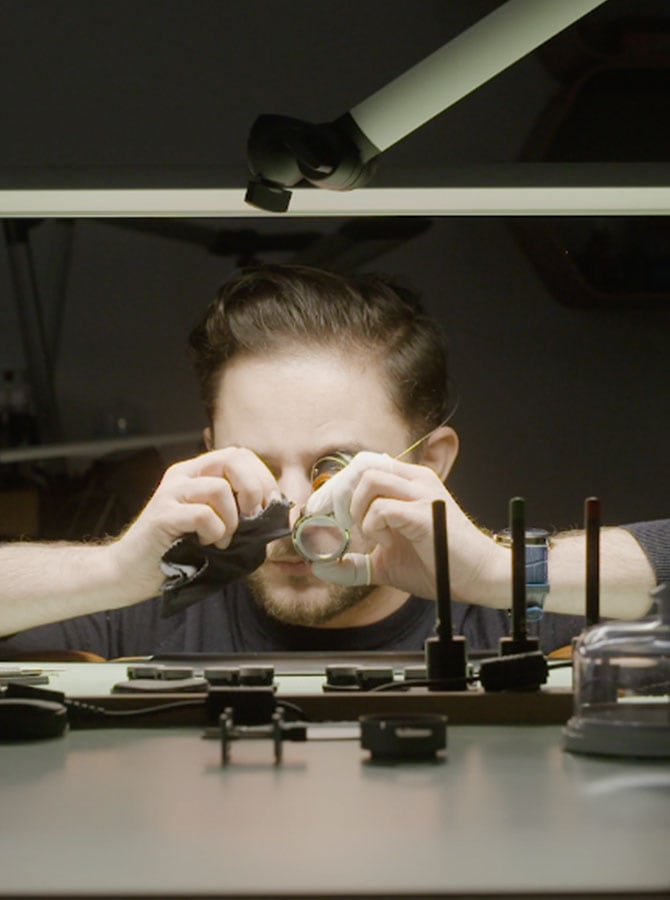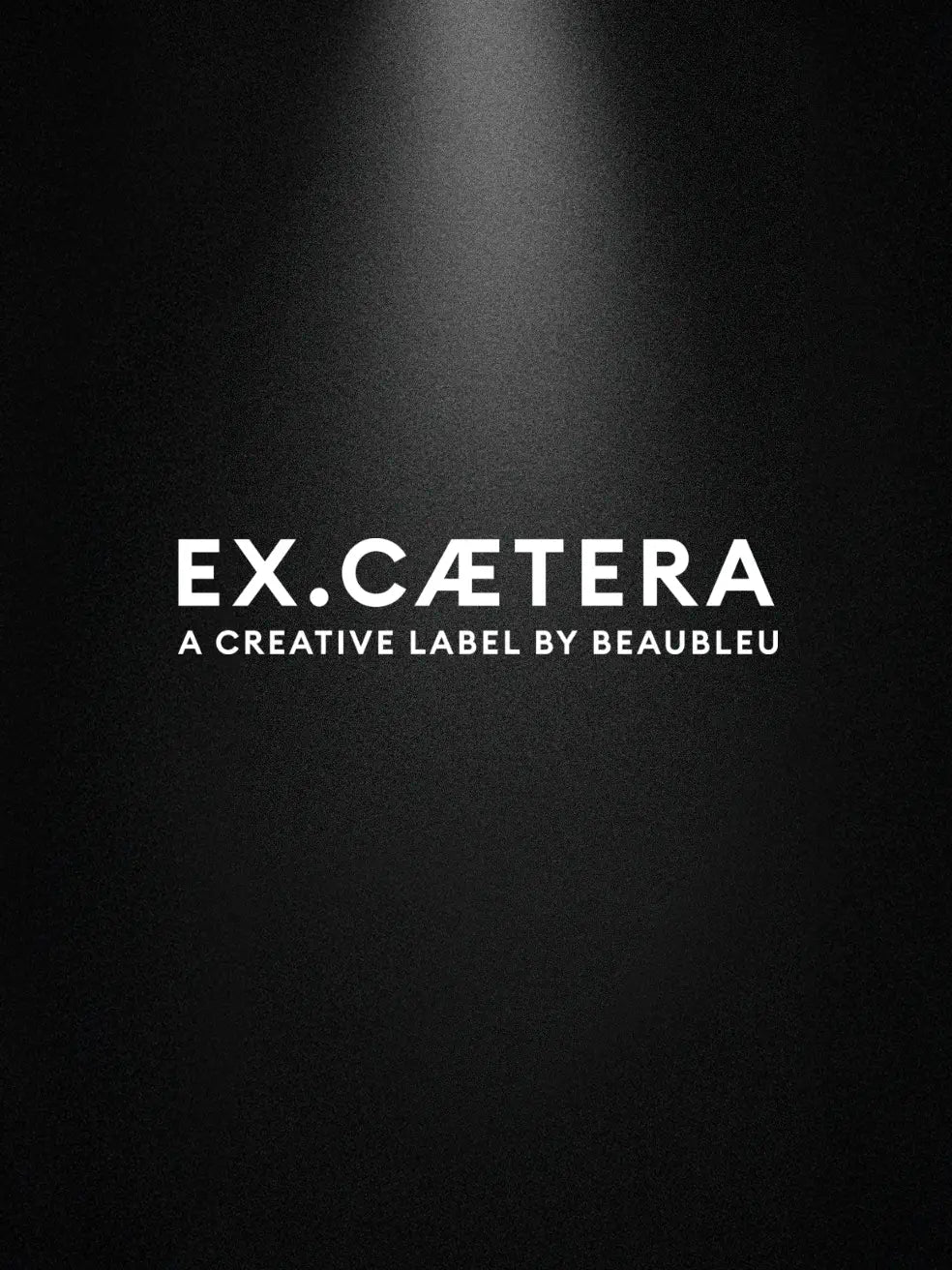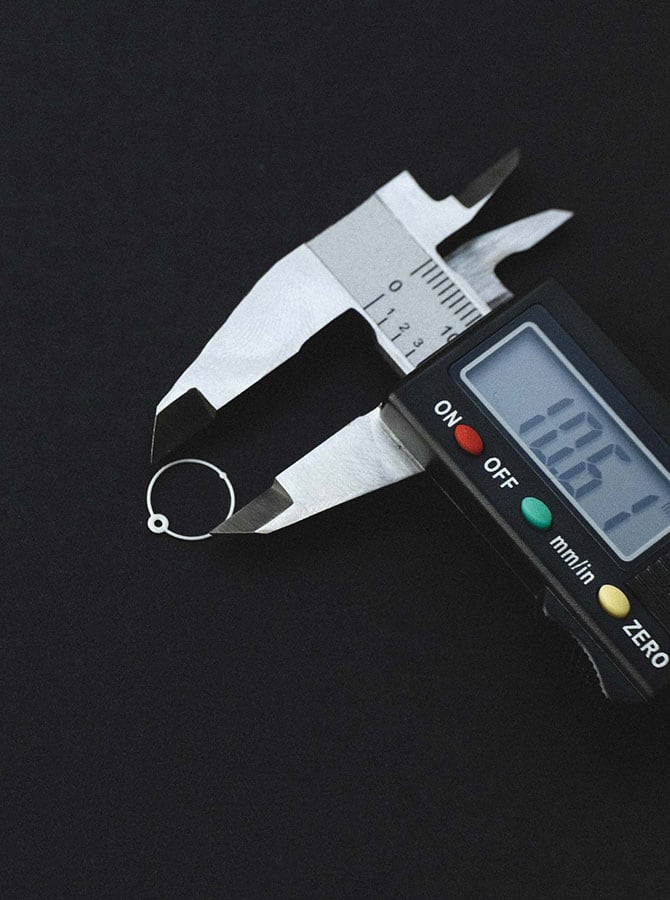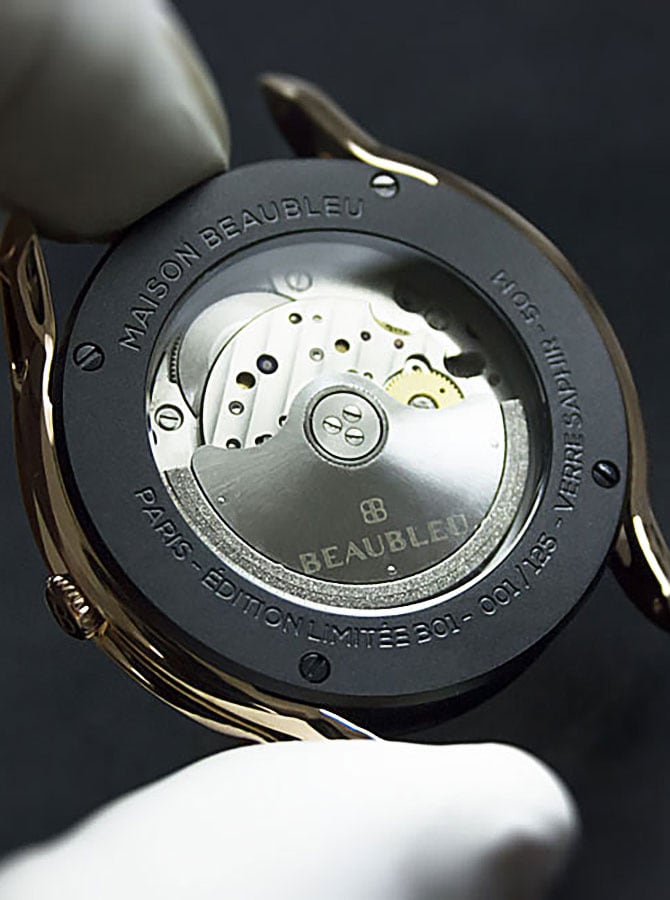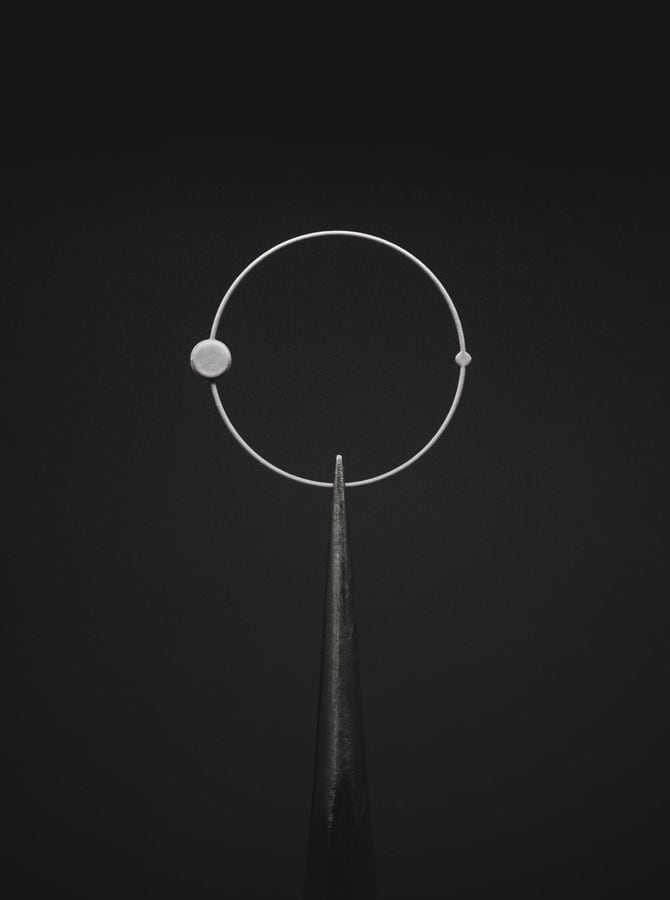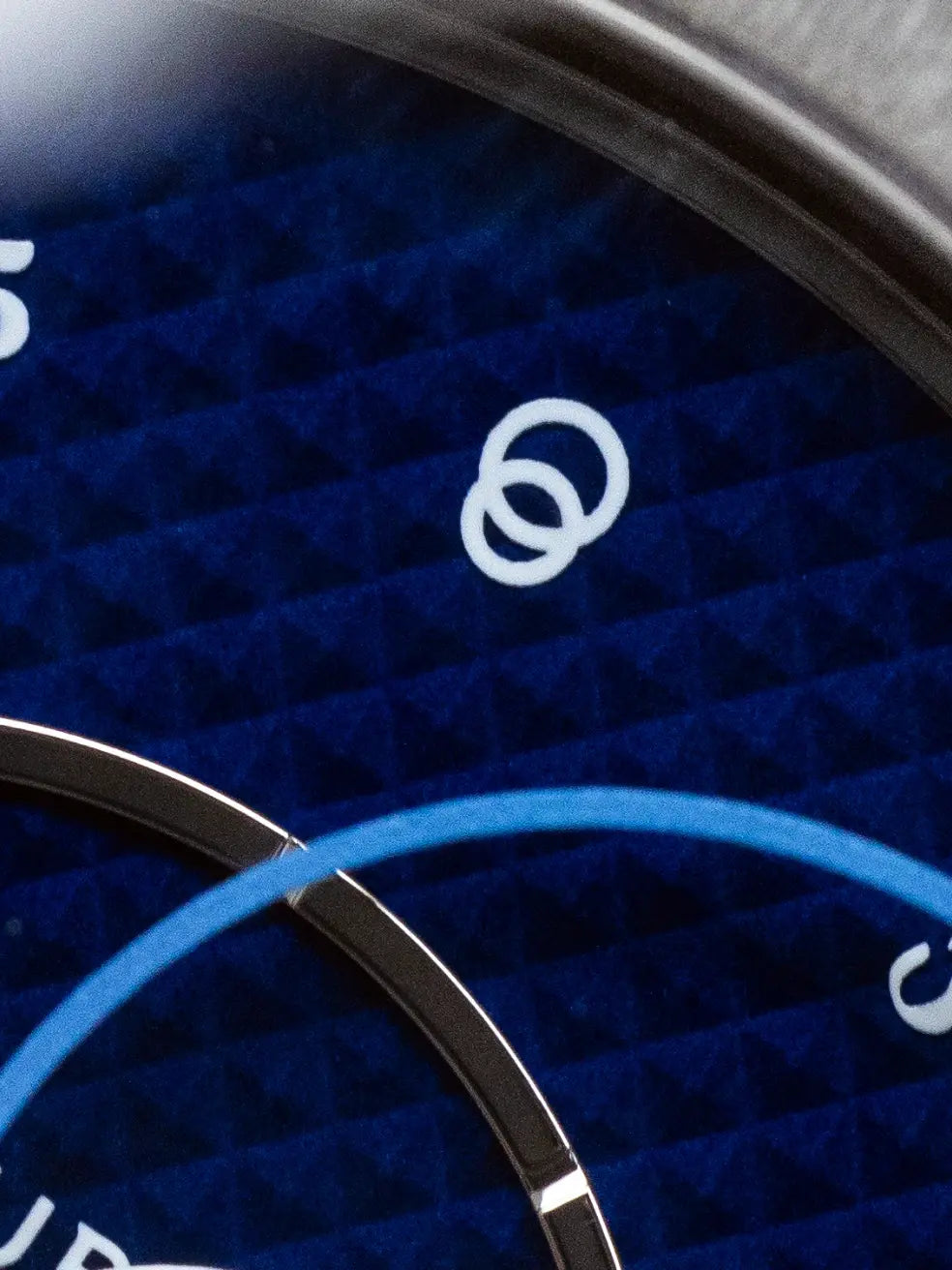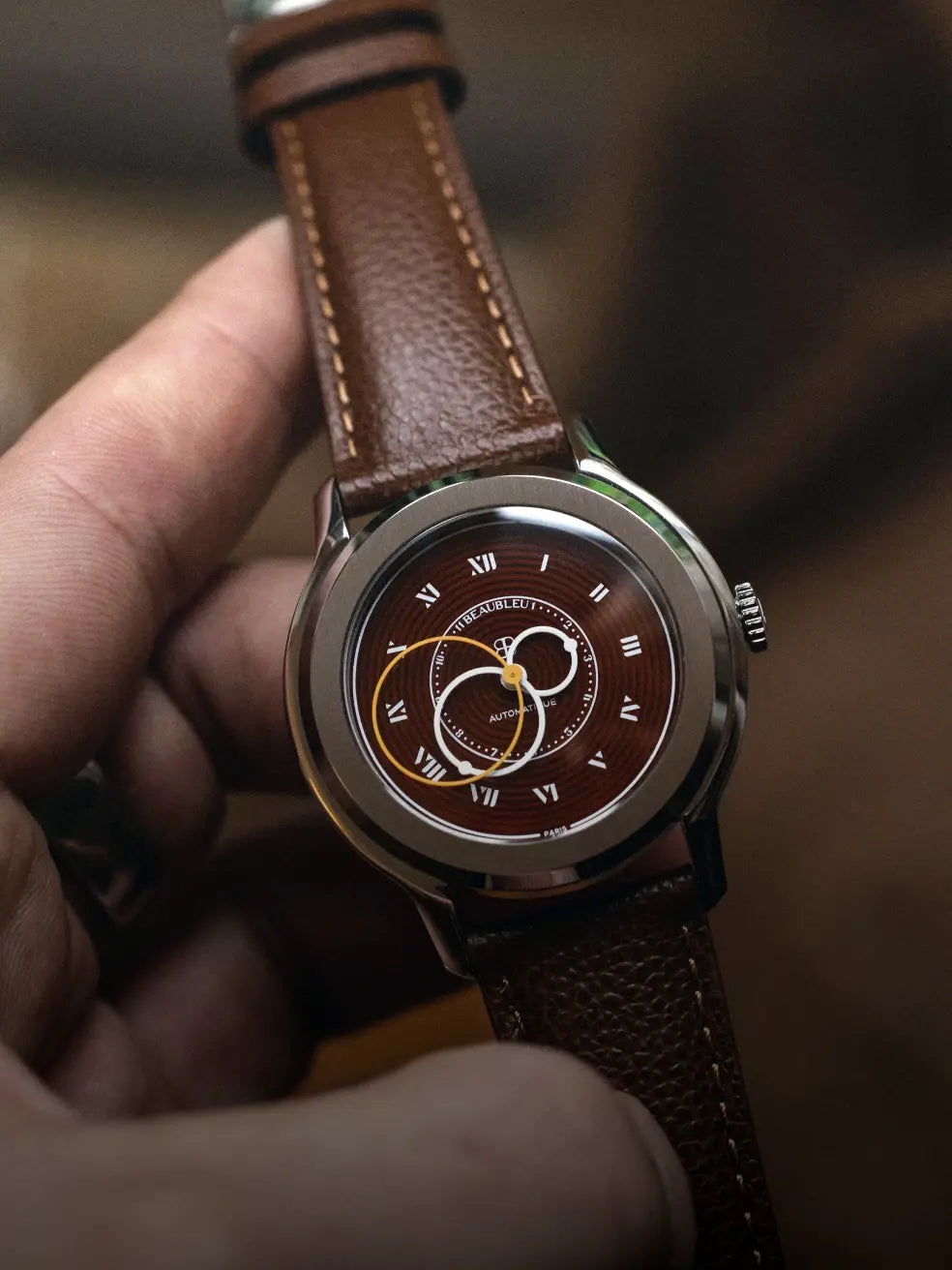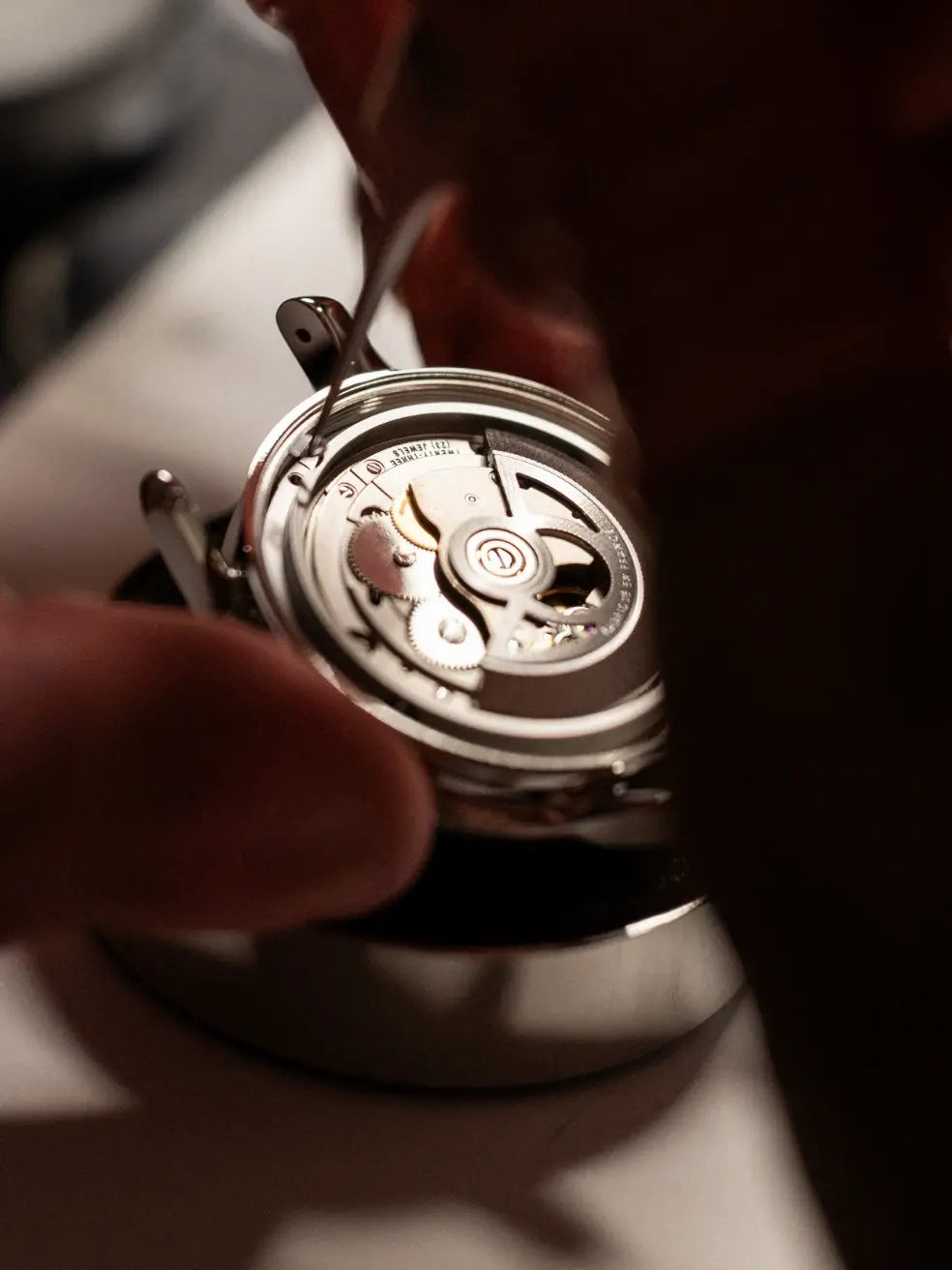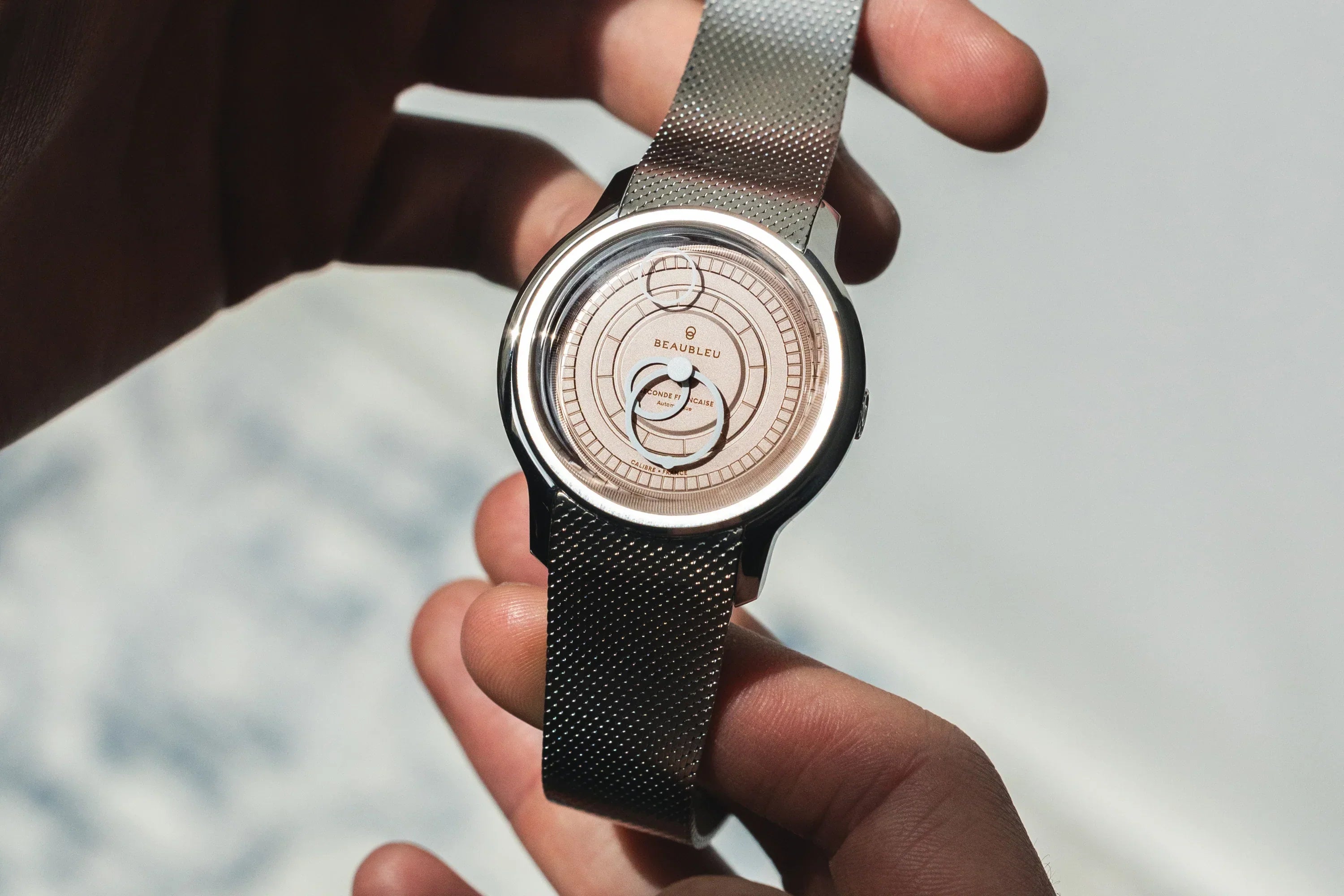
The use of light effects in dial design
In the world of watchmaking, dial design is no longer limited to a simple question of aesthetics: it has become a veritable playground for light. Watch designers brilliantly explore reflections, contrasts, and material finishes to transform each timepiece into a unique visual experience. Among the innovations that have revolutionized this approach, Superluminova occupies a central place. This luminescent pigment, meticulously applied to the hands or indexes, not only allows for optimal reading of the time in the dark, but also adds an aesthetic dimension, transforming the appearance of the dial as soon as the lighting dims.
Light: the architect of watchmaking time
Light plays a fundamental role in the perception of time. On a dial, it doesn't just illuminate; it structures the reading and subtly guides the eye. A designer's goal is to play with light to create effects of depth and volume that make the dial "come to life."
The techniques used are varied. The alternation of polished surfaces, which intensely reflect light, with satin or sandblasted finishes, which diffuse it softly and evenly, creates strong contrasts that clearly delineate the reading areas. This mastery of finishes, essential to high-end watches, requires manual expertise to ensure sharp edges and regular brushing. The incidence of natural light on such a dial changes the color and texture of the hours. Another master technique is that of the sunburst dial. Starting from the center, the fine radiating lines capture the light to produce a dynamic effect. Finally, the use of applied indexes and three-dimensional reliefs projects micro-shadows, giving depth and thickness to the dial.
Thanks to these plays of light, the dial comes to life, constantly interacting with its surroundings. They create a recognizable visual signature, making the watch dynamic, even when stationary.
The era of photoluminescence and the security of automatic watchmaking
Historically, watchmaking relied on luminescent solutions based on radium and then tritium. While these pigments were effective, they also had major drawbacks. Radium, used in the early 20th century, presented health risks, and tritium, with its short half-life, led to inevitable yellowing and loss of luminescence. The modern era has been marked by the advent of a stable, safe, and high-performance innovation: Superluminova.
This photoluminescent pigment, a strontium aluminate, acts as a true "light battery," absorbing light energy very quickly and then releasing it in the gradual darkness. This technology offers undeniable advantages. The first is safety: it is not radioactive. The second strength lies in its performance and durability. Its capacity to absorb and release light is remarkable, offering a very bright glow followed by a brightness that lasts for several hours. In addition, this pigment does not undergo any photochemical degradation, which means that it does not yellow or lose its light absorption capacity throughout the life of the watch.
Finally, its aesthetic versatility allows for different shades (such as green, blue or white) to match the color of the dial, whether discreet in full light or vibrant in the dark.
Applying this material to hands or indexes is a true art that requires precise know-how. The thickness and uniformity of the layer are crucial to ensure the movement's precision. This is why Superluminova is both a functional tool and a design element. The choice of this pigment was a technical and ethical necessity, particularly for contemporary automatic watches that aim for long-term reliability. Superluminova guarantees this luminous durability.
The luminous elegance of the French Second: Superluminova at Beaubleu
At Beaubleu, the integration of luminescence is in harmony with a design philosophy that favors graphic simplicity. It is considered an extension of the watch's visual identity.
The limited-edition Seconde Française 20.24 Salmon and Pearl Grey models are perfect examples of this integration. The creation of this line was born from the desire to create a more modern and refined parallel with the other part of the collection, the Seconde Française 19.24. This approach led to the integration of Superluminova, which combines perfect readability with a minimalist aesthetic. These pieces are equipped with hour and minute hands treated with grade X1 Superluminova.
The Seconde Française collection is an illustration of contemporary French watchmaking expertise, which focuses on visual innovation. It is distinguished by a bold and minimalist design, centered around the concept of circular hands, a strong signature of the Maison. It is in this context that Superluminova takes on its full dimension: it is applied with extreme precision only to the round hands, preserving the unique visual effect while ensuring impeccable functionality in the dark.
By day, Superluminova blends discreetly into the sleek design; by night, it lights up. The contrast between the softness of pearl gray or salmon and the bold glow of Superluminova X1 in the dark perfectly illustrates this dual nature. By day, the color of the hands harmonizes with the dial for delicate reading; by night, this harmony gives way to optimal visual performance.
Superluminova as a tool for sustainable artistic expression
While the luminous element undeniably ensures optimal reading of the time in the dark, its impact goes beyond this simple practical function, asserting itself in modern dials as a tool for artistic expression and differentiation.
Depending on the intensity of the lighting and the viewing angle, the luminescent pigment has the power to create contrasts that magnify the finishes and volumes of the dial. The strategic use of this material allows for hierarchical information, for example making the hour and minute hands brighter than the indexes for intuitive nighttime reading. The excellence of a dial lies in its ability to be beautiful and functional, regardless of the light.
At night, the dial lights up to reveal a new composition, a true "second face" of the watch. Different "grades" of Super-Luminova exist, each offering specific performances and hues. The best-known grades, such as C1, C3, or BGW9, are distinguished by the intensity and duration of their glow. Beaubleu uses Super-Luminova X1, renowned for its luminosity and longevity, which allows for optimal readability while enhancing the aesthetics of the hands. These different grades allow brands to choose the desired level of brightness. The watches, and for Beaubleu in particular the Seconde Française 20.24 Pearl Grey and Salmon models, demonstrate how light can enhance materials, colors, and shapes.
Also discover the difference between Luminova and fluorescence
They transform each watch into a unique sensory experience that never stops, even in the dark. In contemporary watchmaking, design is no longer limited to physical form alone. It is now a subtle dialogue between light, matter, and movement. Every detail is enhanced by the luminescence of Superluminova, contributing to the emotion and lasting aesthetics of the creation. Choosing a watch now comes with the assurance of an object that will live and express itself fully, whether in broad daylight or in the darkness of night, proving that functionality can be synonymous with art. This pigment, with its role as both practical and decorative, perfectly illustrates this successful fusion.
